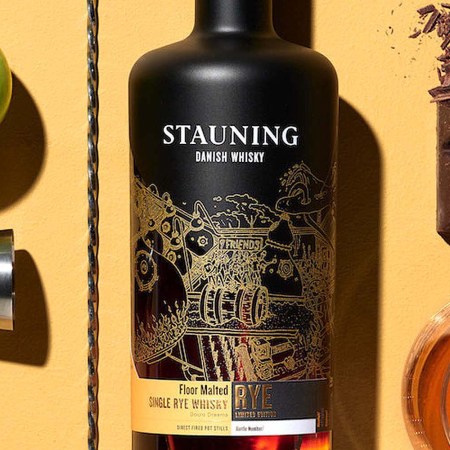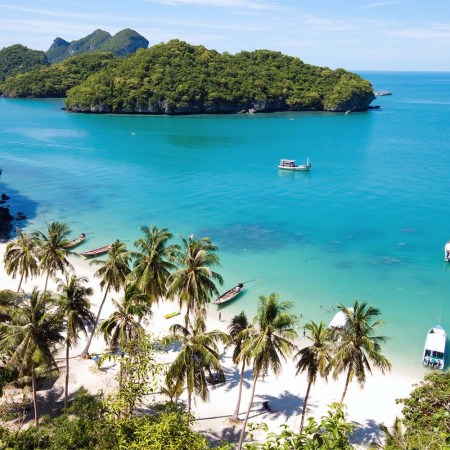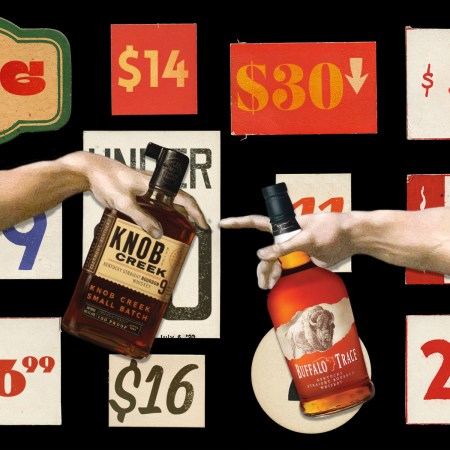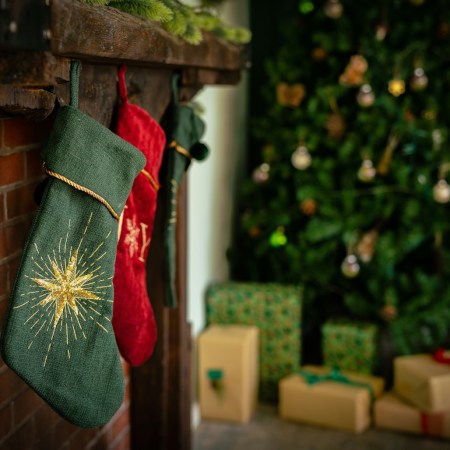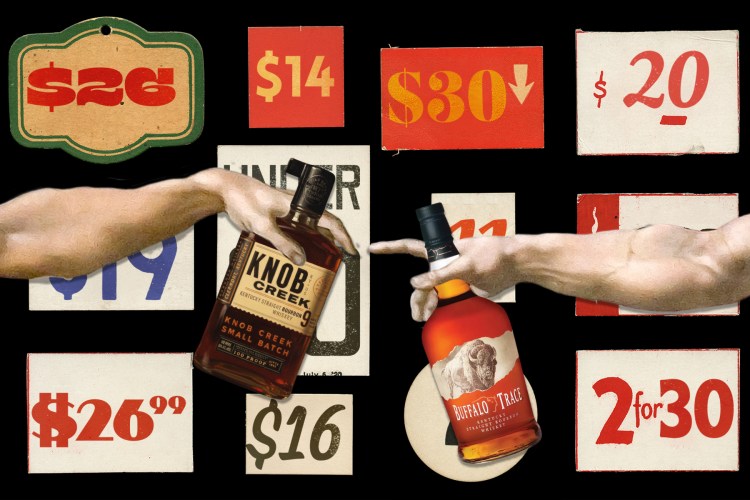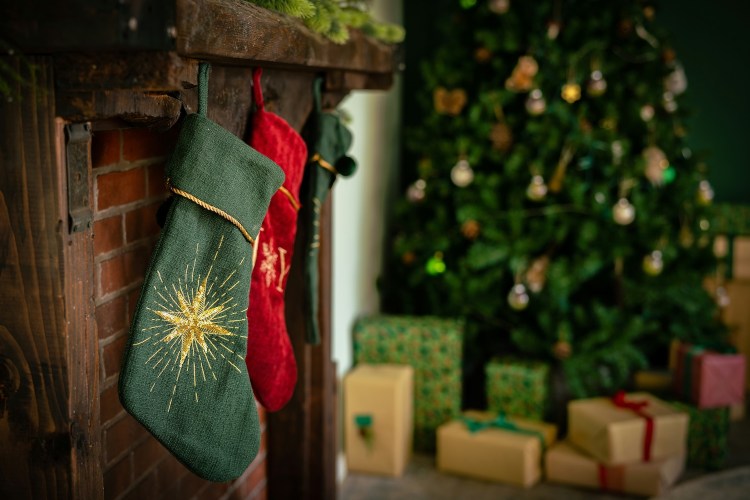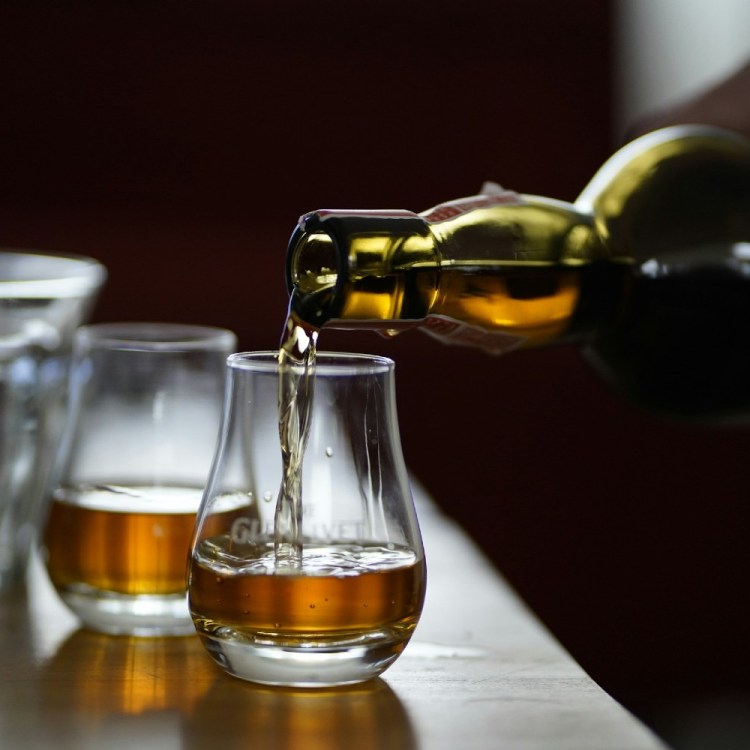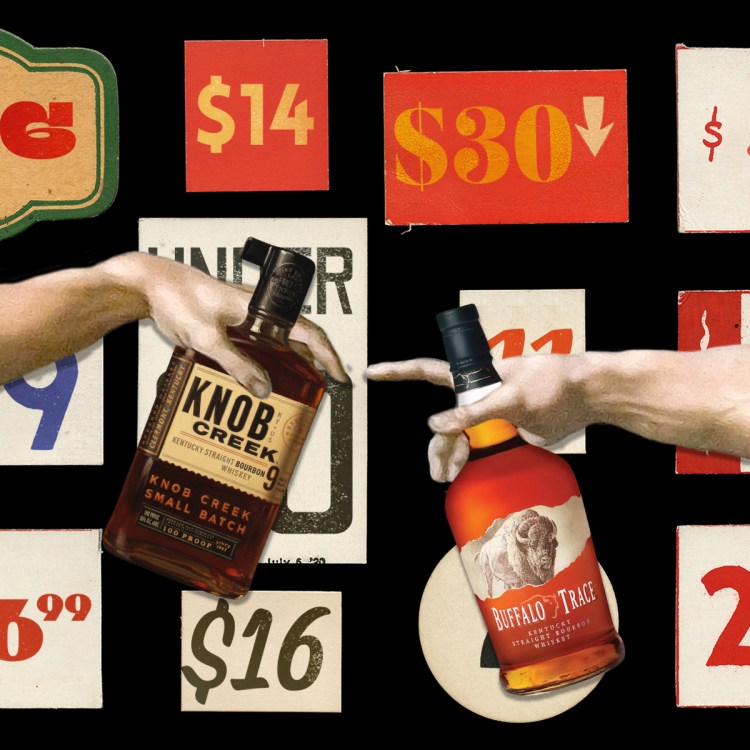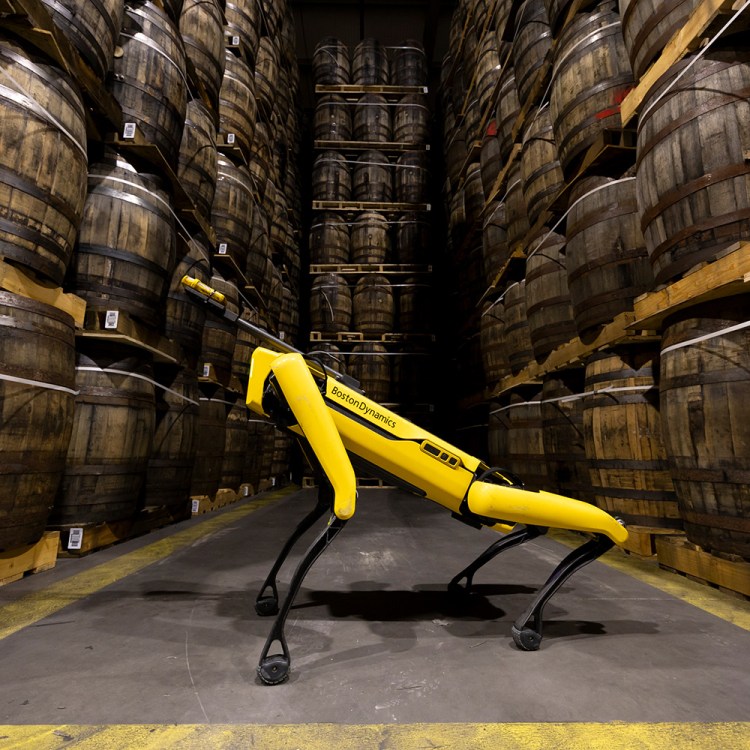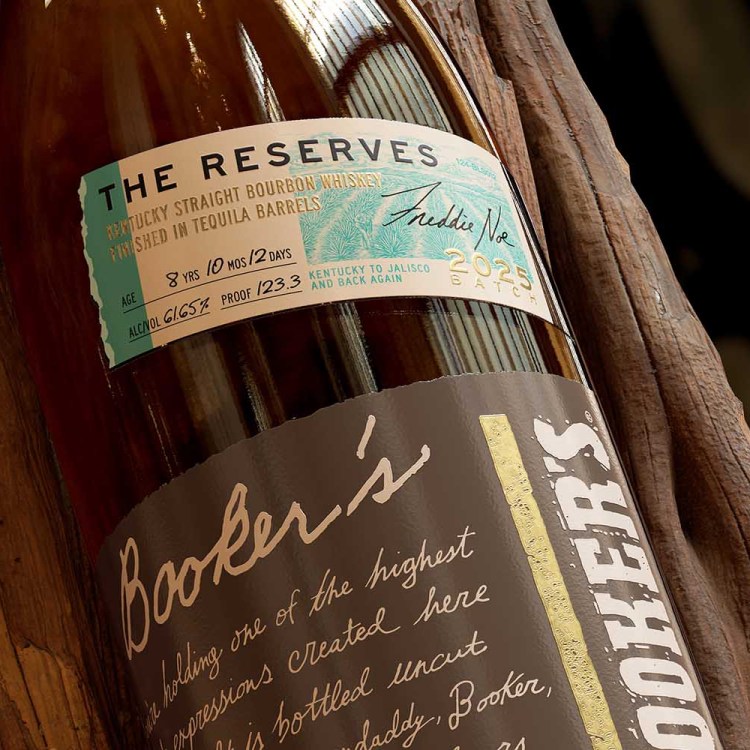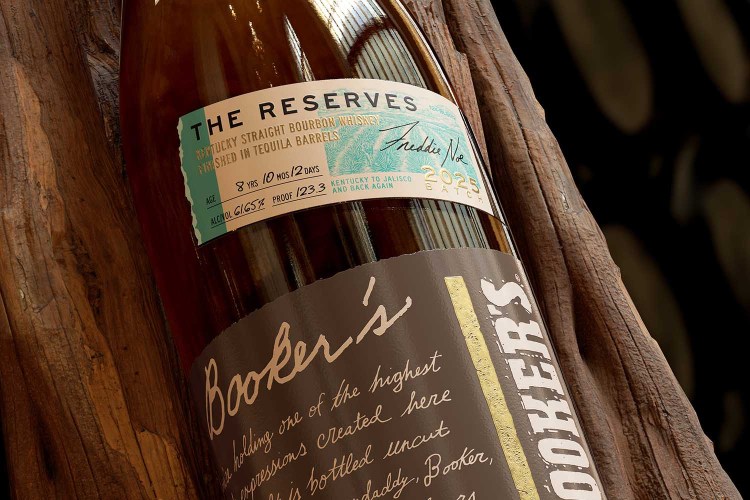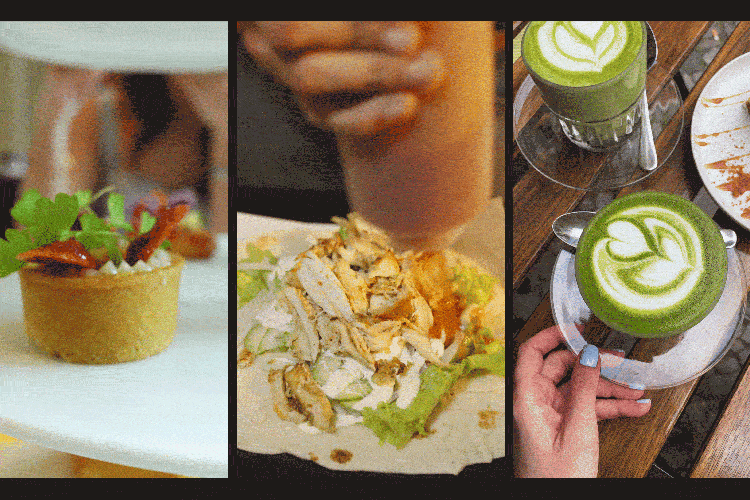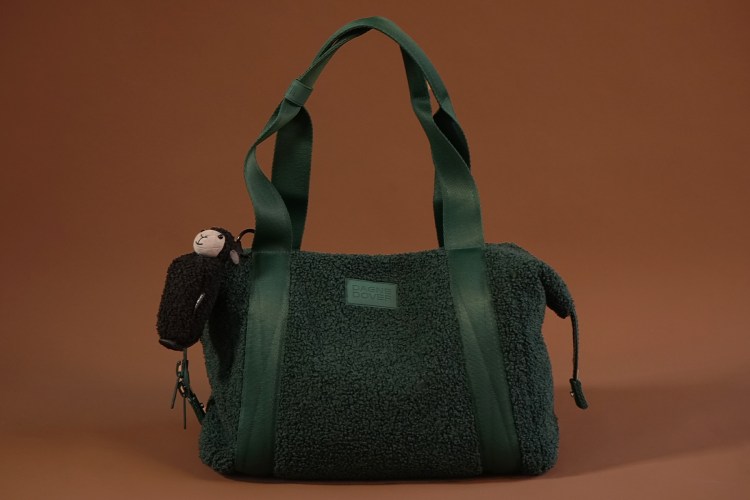From the famous islands in the south to the hill towns in the north, Thailand has long been considered a party destination, despite having some of the highest alcohol prices in Asia. To avoid the high cost of premium alcohol, both locals and tourists often turn to cheaper Thai brands of whiskey and rum. As the country develops its own gourmet standards, some restaurants and bars are working to elevate the often-mocked reputation of its traditional moonshine, lao khao, in boutique cocktails.
“The people dress in goat skins and are full of joy. They drink wine and spirits and sing all day,” wrote the Chinese monk Xuanzang during his travels through Southeast Asia in the seventh century. This is the first known description of the people living in what is now Thailand.

It’s still true that Thai people are joyous and love to sing and drink. Ironically, drinking in Thailand is not cheap. Longstanding laws regulating alcohol keep taxes high. A bottle of domestic beer costs about $1.50, which is more than a decent lunch. Imported beer and alcohol are out of reach for the average working person. Thai-made whiskey and rum are popular, especially among Thais and foreigners who don’t want to pay the high import prices. It’s also part of the reason that 60% of Thai drinkers regularly turn to home-brewed lao khao, according to the country’s Department of Mental Health.
In Thai, “lao” refers to any type of alcohol. And because alcohol was traditionally made from fermented rice, the phrase “lao khao” — rice alcohol — essentially refers to Thai-made alcohol. Lao khao is sold under various brand names all over the country, and it’s rough on the palate and tough on the stomach. Whether it tastes more like benzene or kerosene is up for debate, but it gets the job done cheaply — around $2 for a 500ml bottle or 30 cents for a 25ml utility bottle from any mom-and-pop shop.

Lao khao was unregulated for millennia until the 1950s, when the Thai government intervened and privatized its production to protect people from methanol poisoning, a byproduct of using tin stills. In 2001, Prime Minister Thaksin Shinawatra broke up the monopoly, allowing any citizen in good standing to produce their own product, as long as their equipment met some very minimal safety regulations.
Today, hundreds of small and midsize distilleries exist across the country. Some work under the label of the big producers, while others sell directly to the public under their own branding. This makes it nearly impossible to control quality or ensure consistent alcohol levels.
Thailand Anticipates a “The White Lotus”-Inspired Tourism Boom
The show has previously boosted tourism in Sicily and HawaiiOne way lao khao differs from other rice-based alcohols, like sake, is its simple distillation process. The process starts with creating yeast cakes from ground sticky rice, water and a mix of herbs and spices, including chilies, lemongrass, garlic and galangal. The yeast is then ground into a powder, mixed with steamed sticky rice and water, and left to ferment for a week or more. The liquid is then strained from the rice and passed through a rudimentary still where it condenses into high-strength alcohol.
Lao khao is typically sold at around 30% ABV, though there’s little control over the final proof. There’s no maturation process — the moonshine generally “ages” for two days — and no oak barrels to mellow the taste. As a result, it’s known for its strong, fuel-like flavor, cheap price tag and booming hangovers.
To counteract the harsh taste, lao khao is traditionally paired with gub gaem, or drinking foods. Dishes like kee mao (drunken noodles) or lab moo tad (deep-fried spiced pork balls) help buffer the tongue from the strong alcohol. In a drinking session, there is usually also a big bottle of water to wash it down.
Lao Khao Is Also Considered Medicinal
As moonshine has been used in different cultures throughout history, so too has lao khao. Steeped with herbs, fruits and even flowers, it is used as a kind of cure-all elixir, known as ya dong. People recommend it to cure everything from gas to migraines, depending on what ingredients are infused in the concoction.
Ya dong is powerful stuff, and people take it seriously. It’s uncommon for people to drink more than a shot or two in a sitting, perhaps because it’s also considered a potent aphrodisiac. Lao dong mak mai lu loom is a common cheer among its drinkers, which loosely translates to, “Drink enough lao khao, and you won’t know how to fall down,” a double entendre intended to emphasize the drink’s effect on the male libido.
Lao khao is generally associated with the poor. Often regarded as a drink for uncouth farmers, it’s even scorned by those who drink it and makes for a reliable punch line in comedies. However, it’s starting to make inroads among the wealthy and fashionable.
Millions of people visit Thailand each month to experience its unique culture. As Thailand has become wealthier during the past two decades, there has been a renewed domestic interest in reviving Thai culture. Homegrown architecture, music, movies and fashion have all experienced a renaissance in the past decade. This includes a new generation of bars and restaurants serving experimental Thai dishes and drinks, including the country’s much-maligned rice spirit.
In the past, one could always find a quick shot of lao khao at a mom-and-pop shop for just a few coins. Little bamboo kiosks serving ya dong can be found along sidewalks in small towns and night markets. But lao khao was never considered polite enough to be served behind a bar, until recently. Now, a handful of trendy bars in Bangkok’s hip neighborhoods are offering it up.
“We’re trying to bring back the feeling of Thailand’s golden age, and using lao khao and ya dong is part of that, but people in Bangkok still see it as a poor man’s drink,” says Krit Jirijan, a bartender at the boutique cocktail bar Studio Lam in Bangkok’s Tarn Lod.
While there are no laws restricting the export of lao khao, I’ve found no evidence of overseas shops stocking it. However, some upscale Thai restaurants in New York and Boston have ya dong-based cocktails on their menus, suggesting it may also be available in other cities where trendy drinkers seek authentic experiences — even if the Thai diaspora tends to prefer French wines and single-malt whisky.
Every Thursday, our resident experts see to it that you’re up to date on the latest from the world of drinks. Trend reports, bottle reviews, cocktail recipes and more. Sign up for THE SPILL now.





